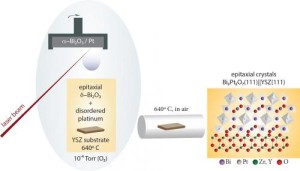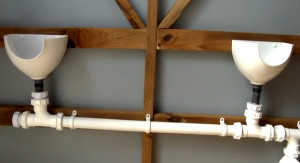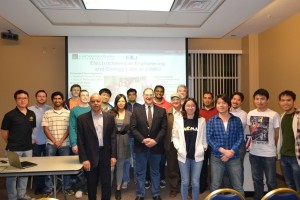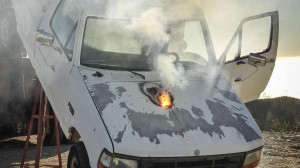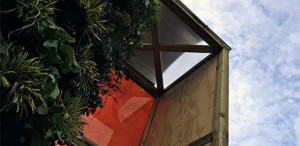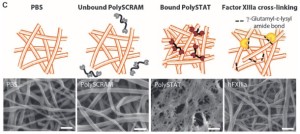
Blood clots treated with PolySTAT (second from right) had denser fibrin networks, which helps reinforce and strengthen the clots.
Image: University of Washington
University of Washington researchers have developed a new injectable polymer that could keep soldiers and trauma patients from bleeding to death, called the PolySTAT.
The new polymer works to strengthen blood clots once administered into the patient’s bloodstream in a simple shot. The polymer then finds unseen internal injuries and starts working to stop the bleeding.
Researchers believe this could become the first line of defense for anything from battlefield injuries to car accidents. With testing already underway, the polymer has the potential to reach humans in as few as five years.



